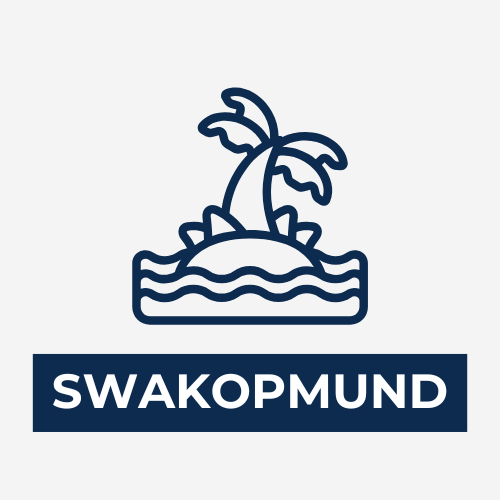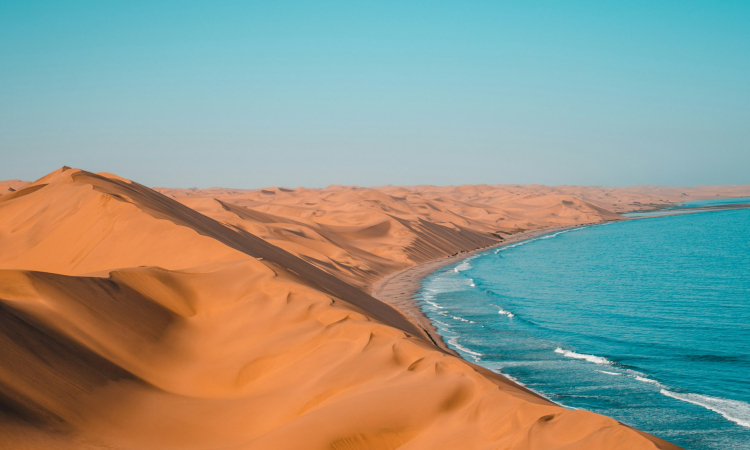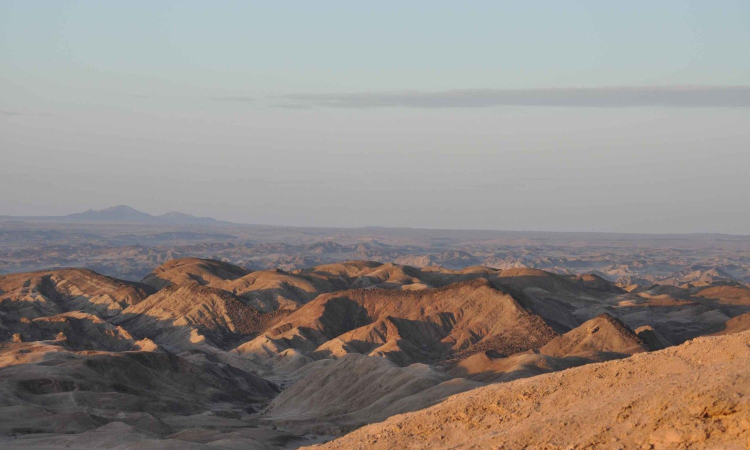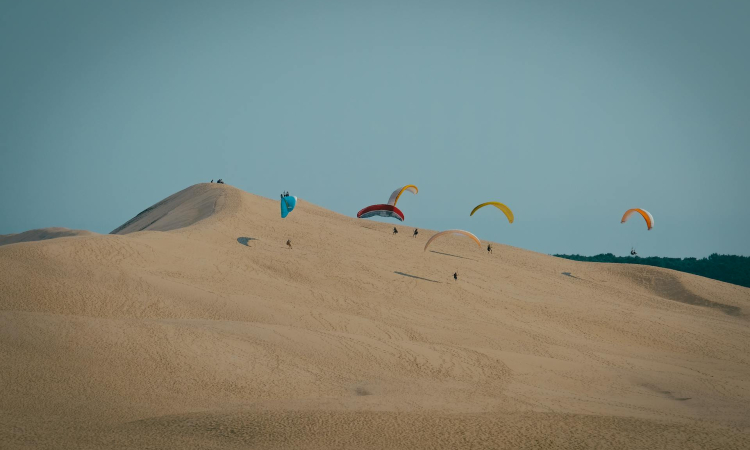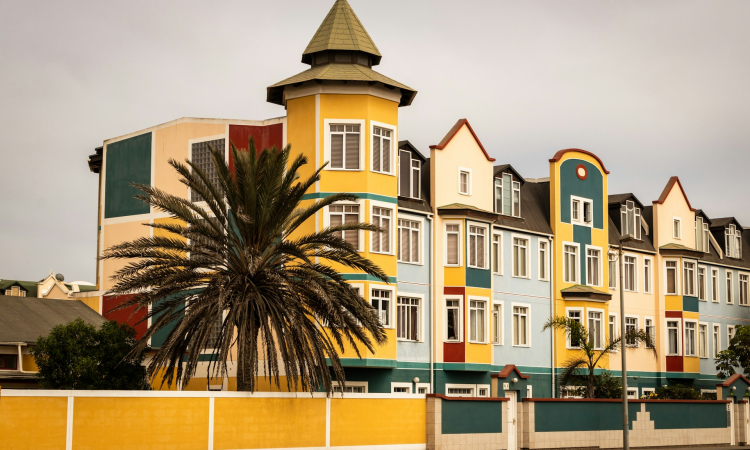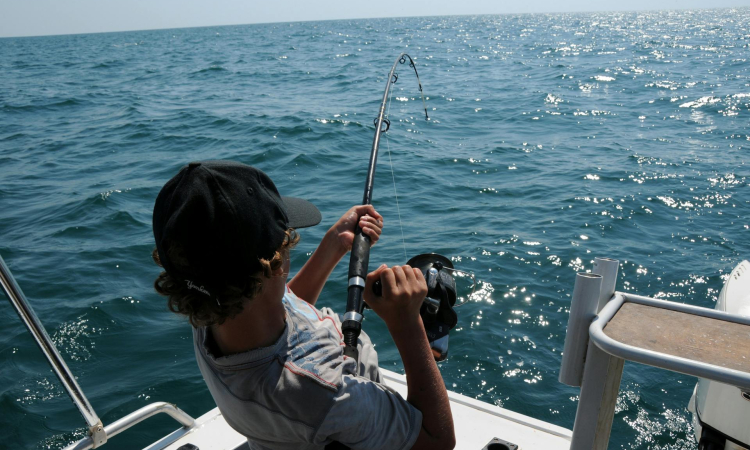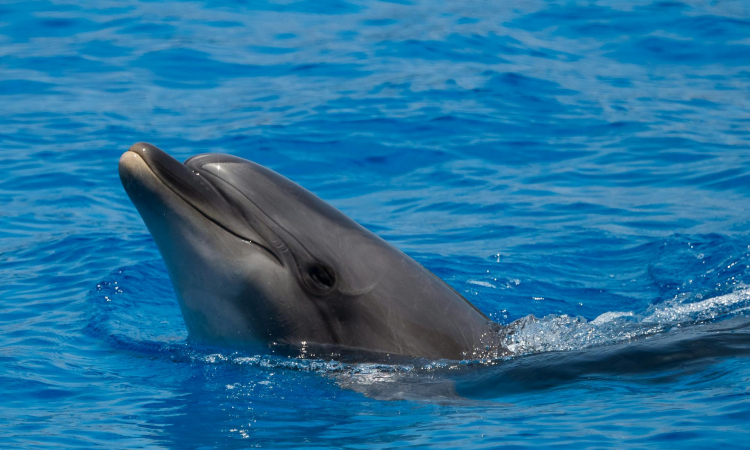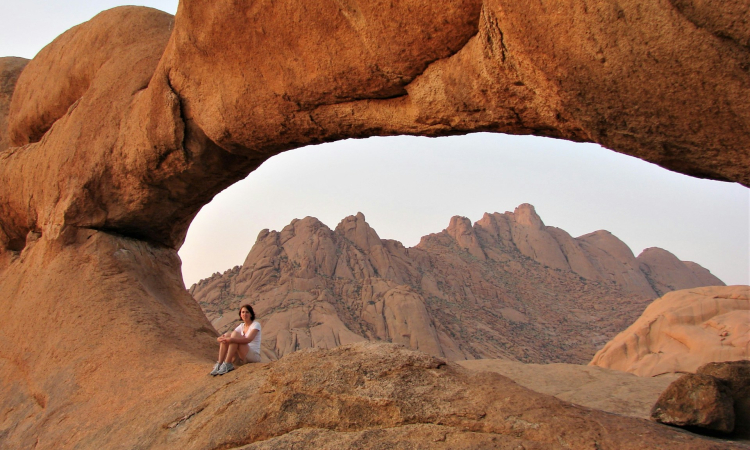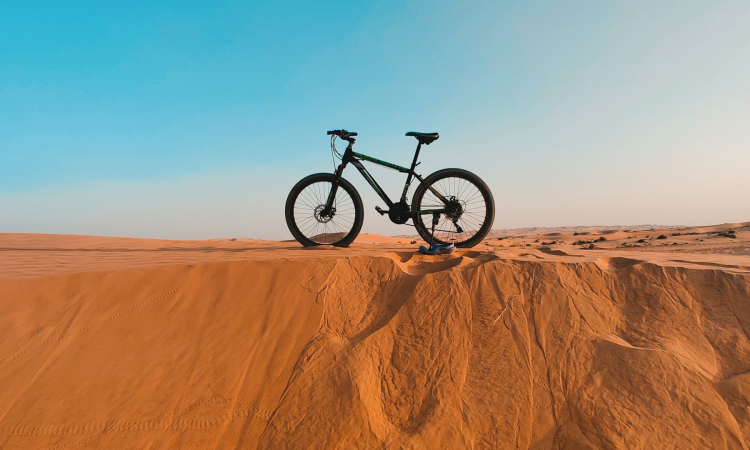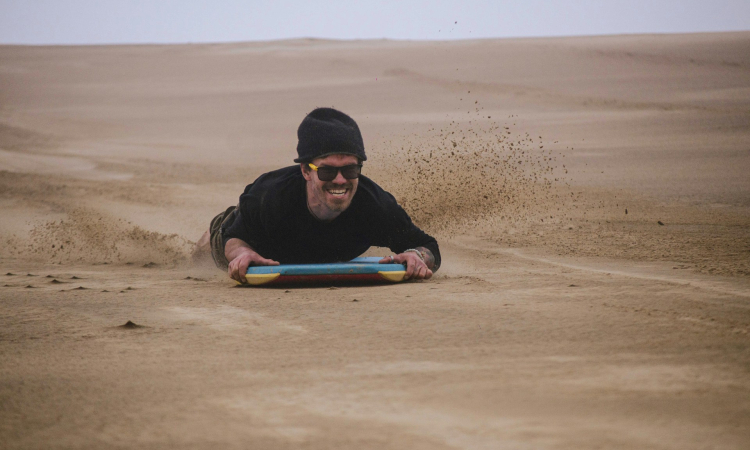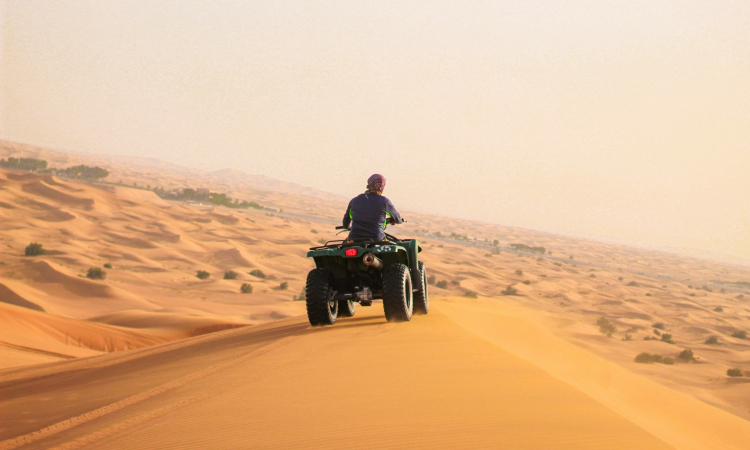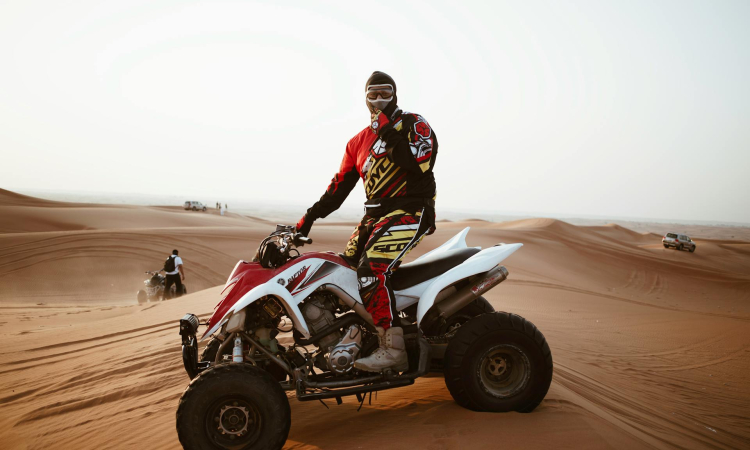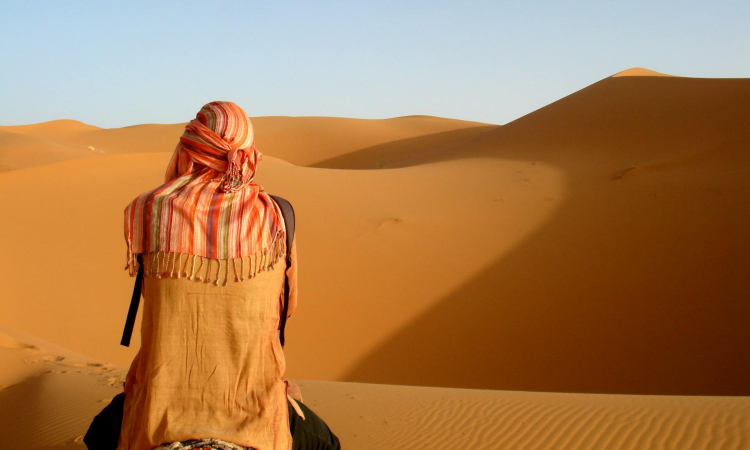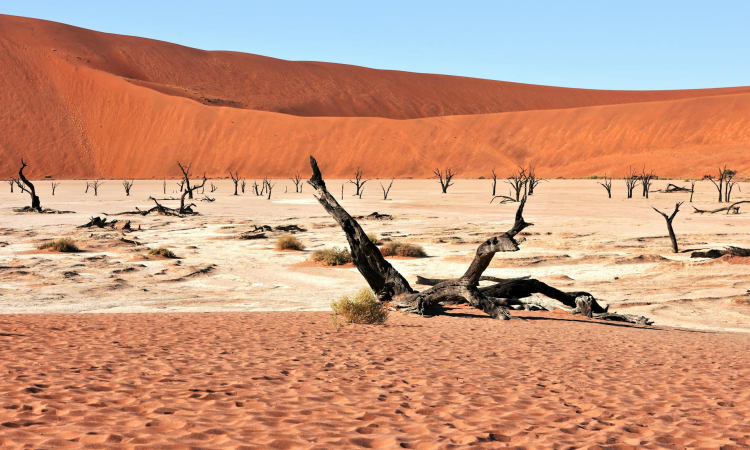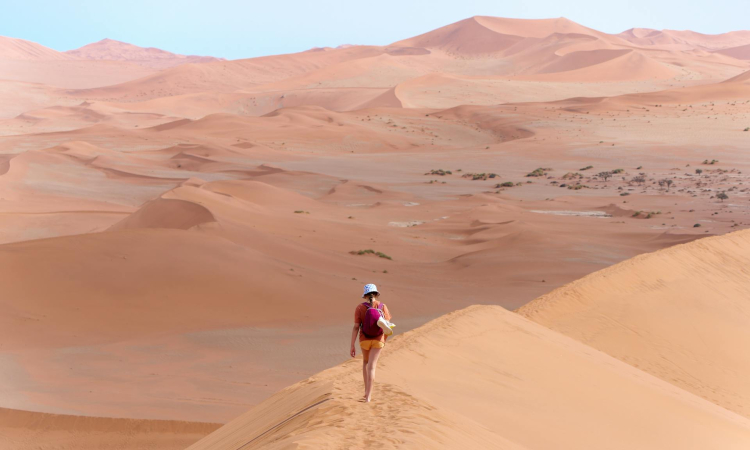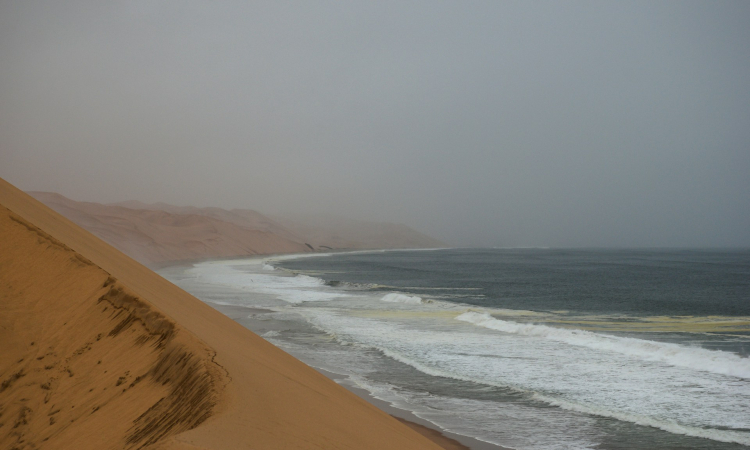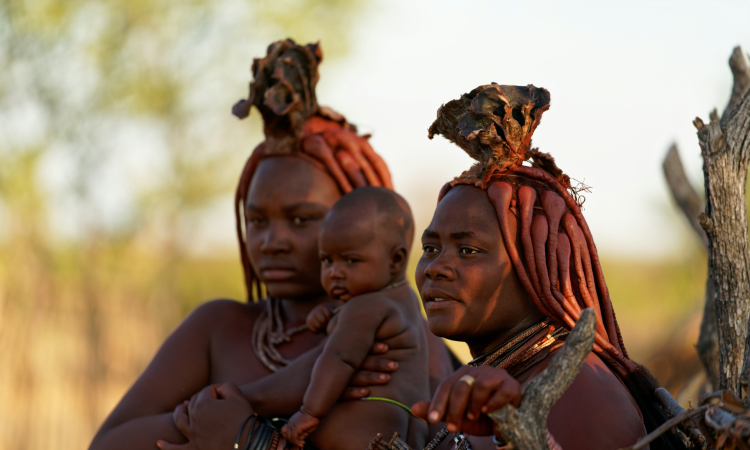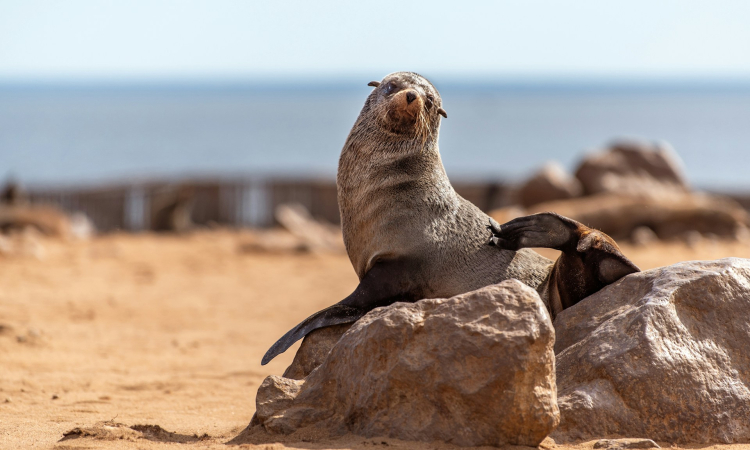Swakopmund combines German colonial architecture with the beauty of the Namib Desert, offering both desert adventures and seaside relaxation. Visitors can enjoy activities such as quad biking and sandboarding in the desert, boat trips to see dolphins and whales, and exploring the town center filled with shops and restaurants. Other top attractions include the Welwitschia Plains, the old Swakopmund Jetty, the Swakopmund Museum, the seal colonies at Cape Cross, and the wetlands of Walvis Bay.
Tourist rules and regulations in Swakopmund are mainly guided by Namibia’s national laws and the rules of the Dorob National Park, which surrounds the town. The Ministry of Environment, Forestry, and Tourism (MEFT) and the Namibia Tourism Board (NTB) are the main authorities overseeing tourism activities.
Swakopmund lies within Dorob National Park, and many activities, especially off-road driving and access to certain areas, are controlled by park regulations.
A permit from MEFT is required for specific activities within the park, including:
- Commercial tourism operations
- Entry into sensitive or restricted areas such as the Damara Tern breeding grounds, the Swakop River area, and the lichen fields
- Off-road driving is only allowed within the designated dune belt between Swakopmund and Walvis Bay.
It is forbidden to:
- Pollute the environment or collect firewood
- Damage geological, plant, or historical features
- Hunt, harm, or disturb any wild animals
- Feed wildlife
- Drive off marked roads or routes, except in approved off-road zones
Speed limits are 60 km/h in built-up areas, 80 km/h on open roads, and 120 km/h on main highways. It is against the law to use a mobile phone while driving, and all passengers must wear seatbelts.
Foreign driver’s licenses are valid in Namibia, but an International Driving Permit is required if the license is not written in English.
The coastline and fishing areas are strictly managed. Anyone who wants to fish must have a valid permit, and some zones are protected marine areas.
Namibia is generally safe, but tourists should stay alert, especially in towns like Swakopmund. Avoid walking alone at night, keep valuables out of sight, and use taxis arranged through your hotel or a trusted restaurant.
Tap water in Namibia is usually treated, but it is safer for visitors to drink bottled water.
